Recycled packaging
Recycled packaging
Recycled Packaging
Recycled packaging refers to packaging materials that have been reprocessed from waste products. This process involves collecting, sorting, and converting used materials into new packaging products. The goal is to reduce waste and conserve natural resources.
Why Use Recycled Packaging?
Using recycled packaging helps to minimize the environmental impact of packaging waste. It reduces the need for raw materials, which in turn saves energy and lowers greenhouse gas emissions. Additionally, it supports a circular economy, where materials are reused rather than discarded.
Types of Recycled Packaging
There are various types of recycled packaging, including paper, cardboard, plastic, and glass. Each type has its own recycling process. For example, recycled paper is made by breaking down used paper into pulp and then forming it into new sheets. Recycled plastic is melted and reformed into new shapes.
Benefits of Recycled Packaging
The benefits of using recycled packaging are numerous. It helps to reduce landfill waste, conserves natural resources, and often requires less energy to produce compared to new materials. It also promotes a positive brand image, as consumers are increasingly looking for eco-friendly products.
Challenges of Recycled Packaging
Despite its benefits, recycled packaging does face some challenges. The quality of recycled materials can sometimes be lower than new materials. Additionally, the recycling process itself can be complex and costly. However, advancements in technology are continually improving the efficiency and quality of recycled packaging.
Conclusion
In conclusion, recycled packaging plays a crucial role in sustainable packaging solutions. By choosing recycled materials, companies can help protect the environment and meet the growing demand for eco-friendly products. As technology advances, the use of recycled packaging is likely to become even more widespread and efficient.
Blog Posts with the term: Recycled packaging
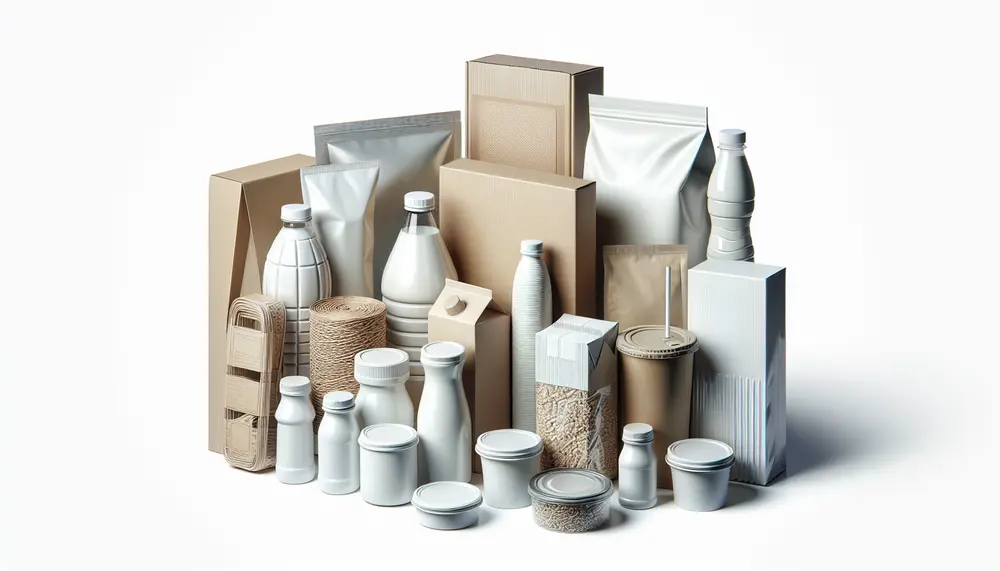
The guide explains the significance of MOSH (Mineral Oil Saturated Hydrocarbons) and MOAH (Mineral Oil Aromatic Hydrocarbons) in food packaging, highlighting their potential health risks due to migration into food. It emphasizes the need for ongoing research, industry regulation, and...
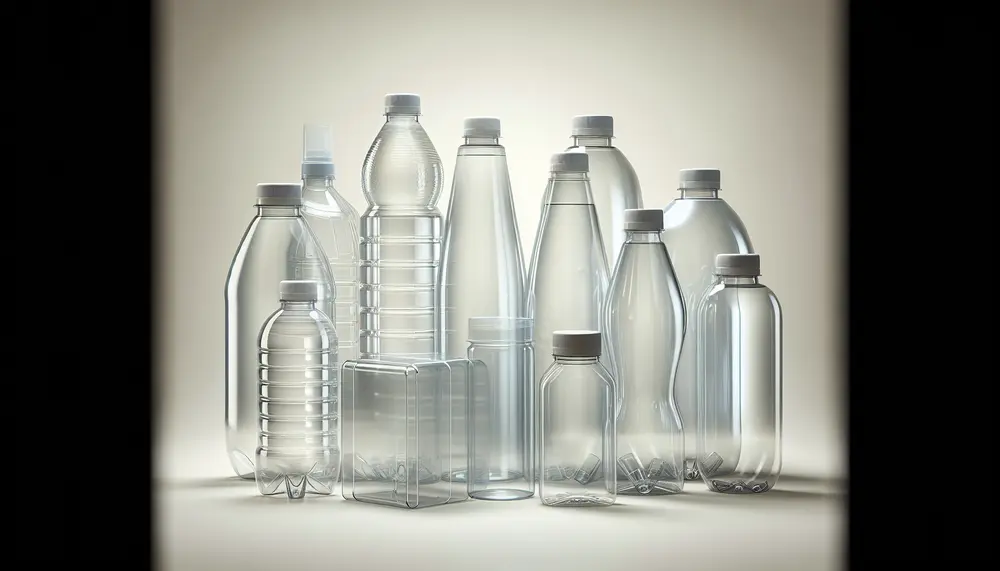
RPET packaging, made entirely from recycled plastic bottles and containers, offers a sustainable alternative with reduced carbon footprint and energy usage compared to virgin plastics. It supports continuous recycling in a closed-loop system, encouraging eco-friendly practices among consumers and industries...
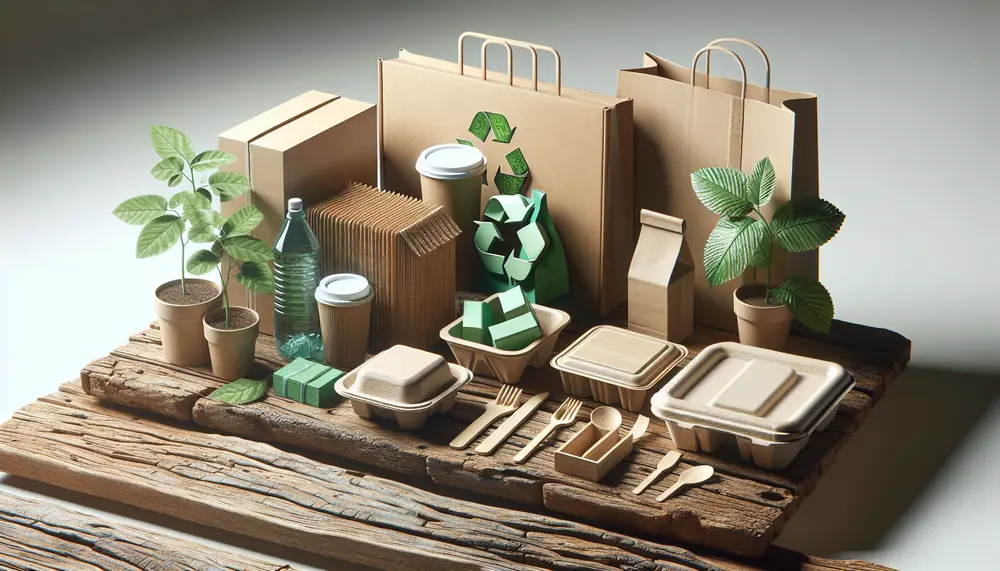
Recycled packaging is crucial for environmental conservation, reducing the need for new resources and minimizing carbon footprint through reusing materials like cardboard, paper, plastics, metals, and glass. The industry faces challenges such as material contamination and complex composites but is...
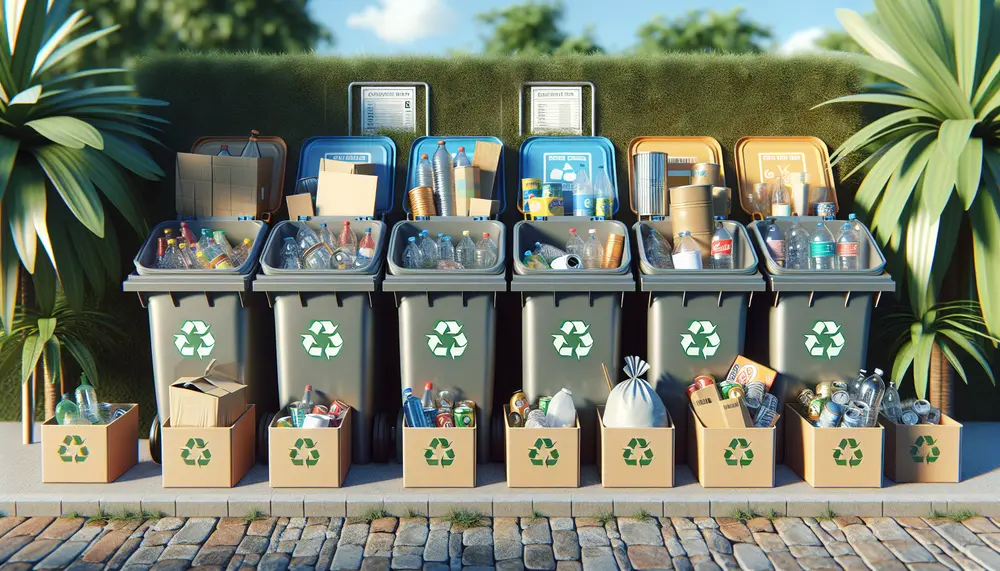
The Packaging Waste Directive (Directive 94/62/EC) is a key EU legislation aimed at reducing packaging waste by setting recovery and recycling targets, promoting sustainable design, and minimizing landfill disposal. Compliance with the directive benefits businesses through enhanced reputation, cost savings,...
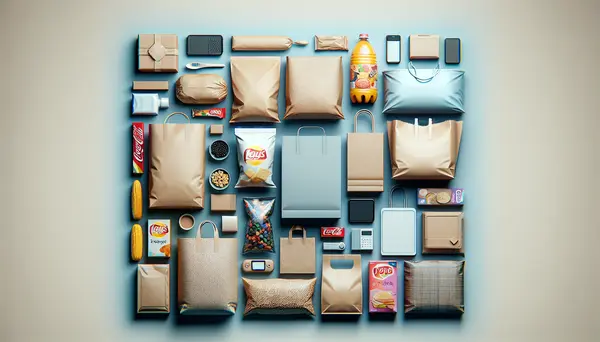
The article emphasizes the importance of choosing the right packaging bags for products, highlighting their role in product protection, marketing, branding and environmental sustainability. It discusses various types of packaging bags and factors to consider when selecting them such as...

Packaging materials for shipping are crucial for product safety, brand reputation, and customer satisfaction. They must be chosen based on the item's characteristics and shipping conditions to ensure integrity upon arrival. Effective packaging protects products during transit while also serving as...

Service packaging is crucial for protecting goods, enhancing customer convenience, and branding; it's also an opportunity for environmental responsibility. Different materials like plastic, paper, aluminum, glass, bioplastics, and foam are used based on functionality and sustainability considerations....
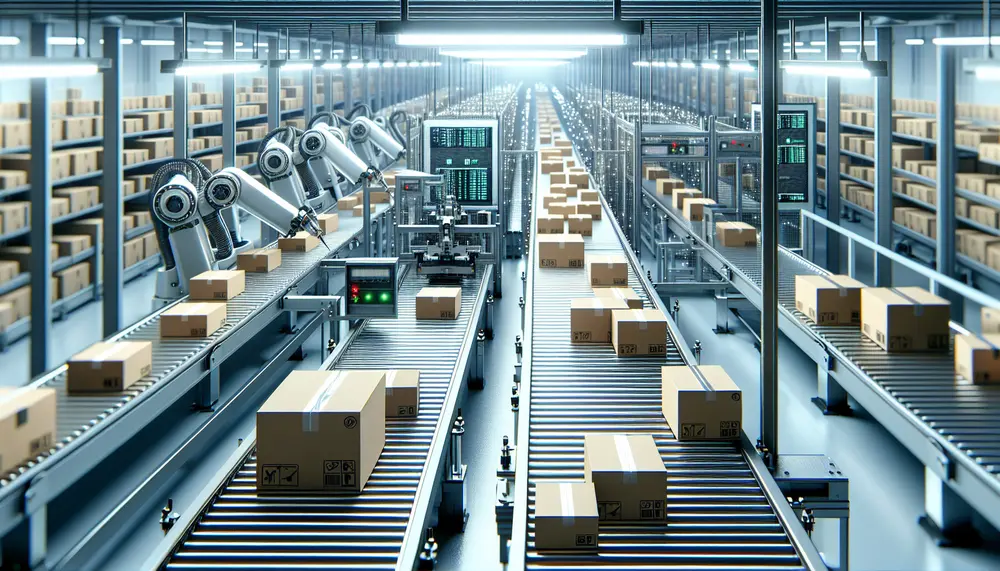
Advanced packaging equipment is essential for businesses to remain competitive, offering benefits like reduced labor costs and waste, while adapting to market changes. Investing in modern solutions enhances productivity and efficiency. Packaging machinery varies from case erectors to inspection systems; understanding...
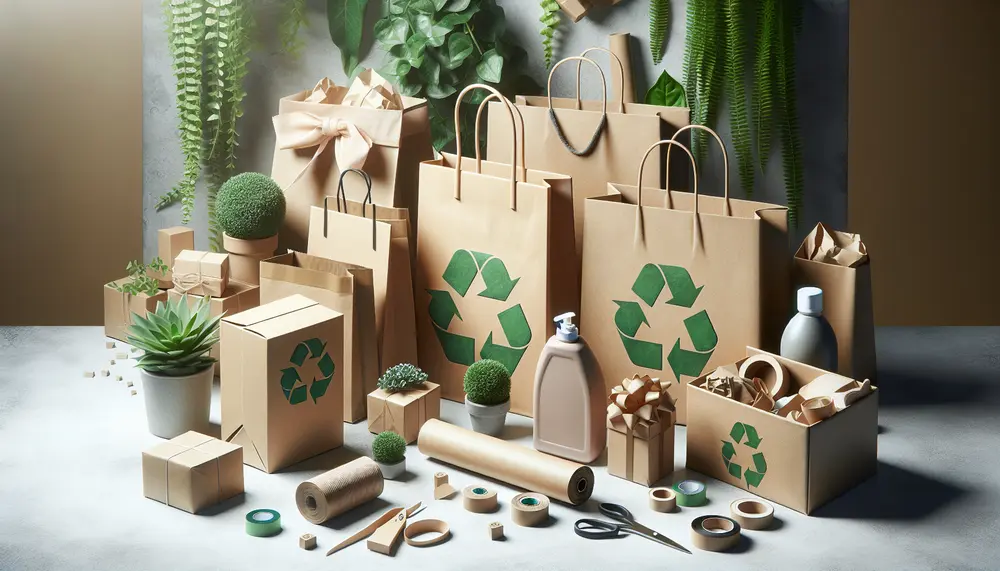
Recycled paper in sustainable packaging reduces reliance on forests, conserves resources, and minimizes waste while signaling a brand's environmental commitment. It offers benefits like lower greenhouse gas emissions and conservation of biodiversity but faces challenges such as limited availability, potential...
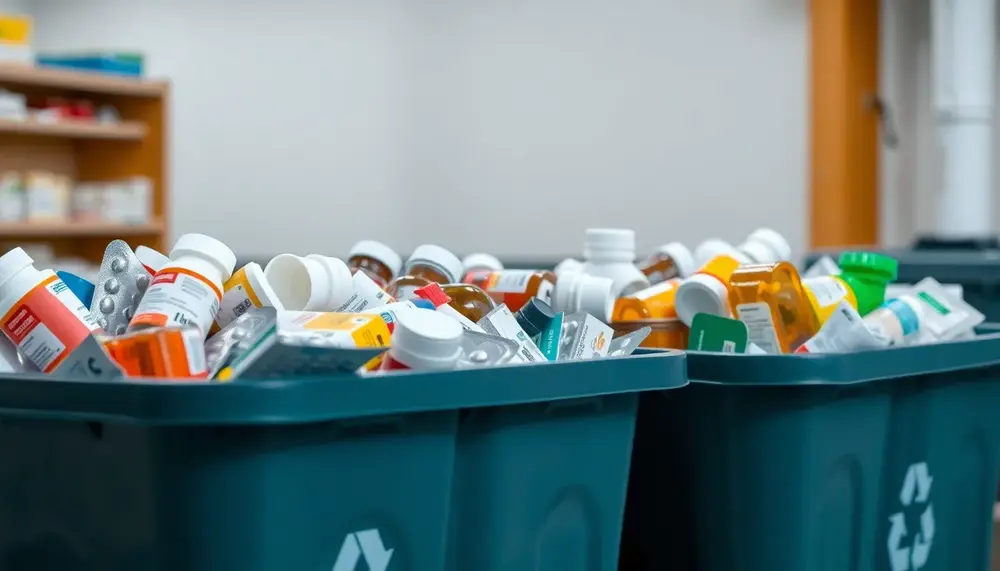
Sustainable pharmaceutical packaging is under urgent scrutiny due to high CO₂ emissions, regulatory pressure, and the need for safe, recyclable solutions. Cutting-edge recycling technologies—like advanced mechanical sorting, chemical depolymerization, carbon capture polymers, bio-based materials, and digital watermarking—are driving a shift...

Proper recycling of medicine packaging prevents environmental harm, protects public health and safety, conserves resources, and encourages sustainable innovation. Different types—like cardboard boxes, plastic bottles, glass containers, blister packs, inhalers, tubes, and electronics—require specific disposal methods to ensure safe and...
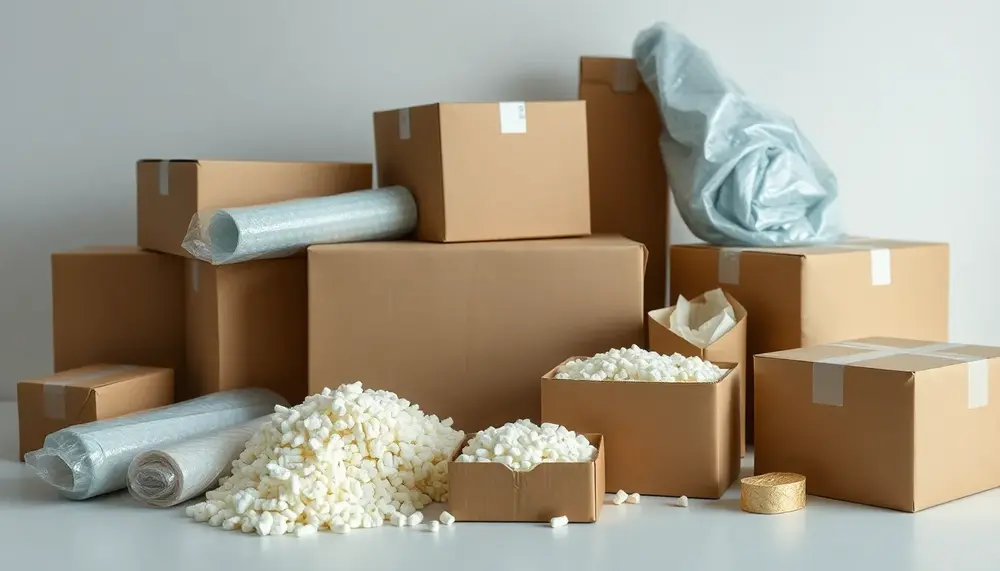
Cost-effective packaging materials are crucial for businesses to optimize operations, enhance customer satisfaction, and reduce environmental impact while maintaining profitability. Innovative alternatives like paper packing materials and air pillows can replace traditional options like bubble wrap, offering both affordability and...
